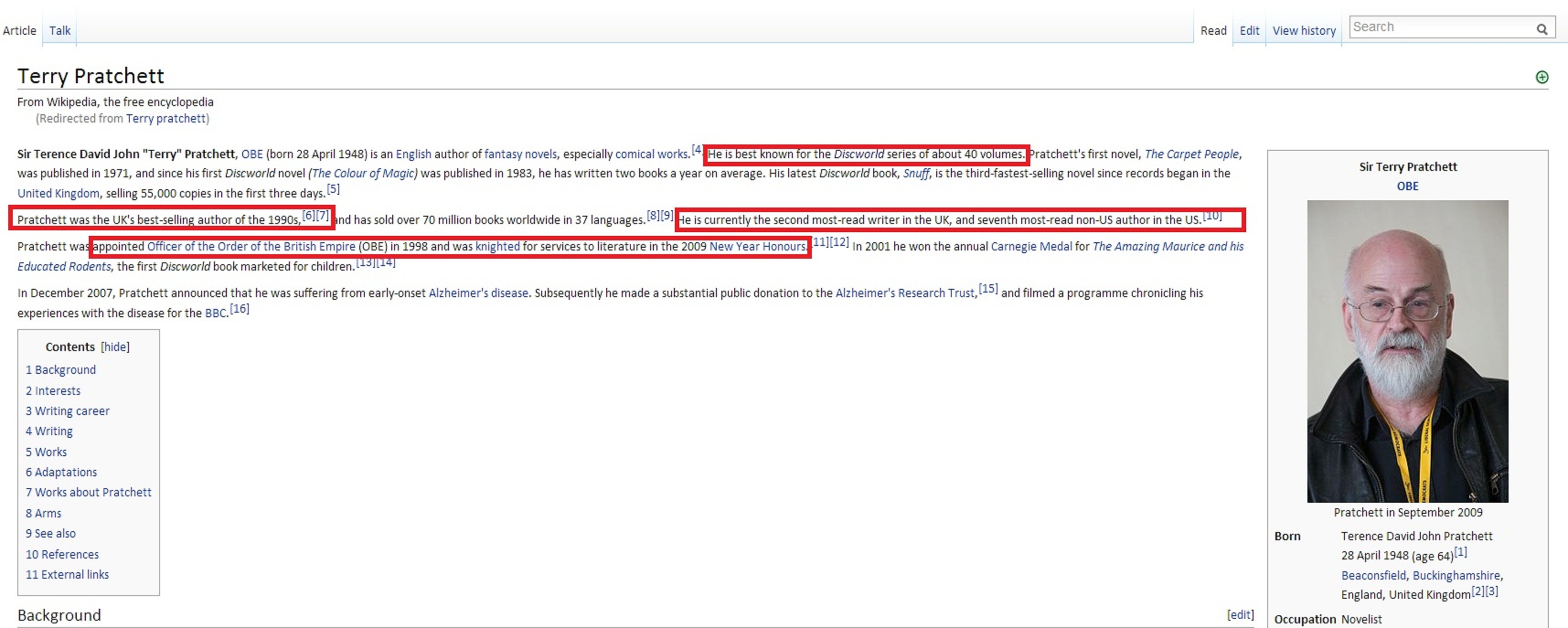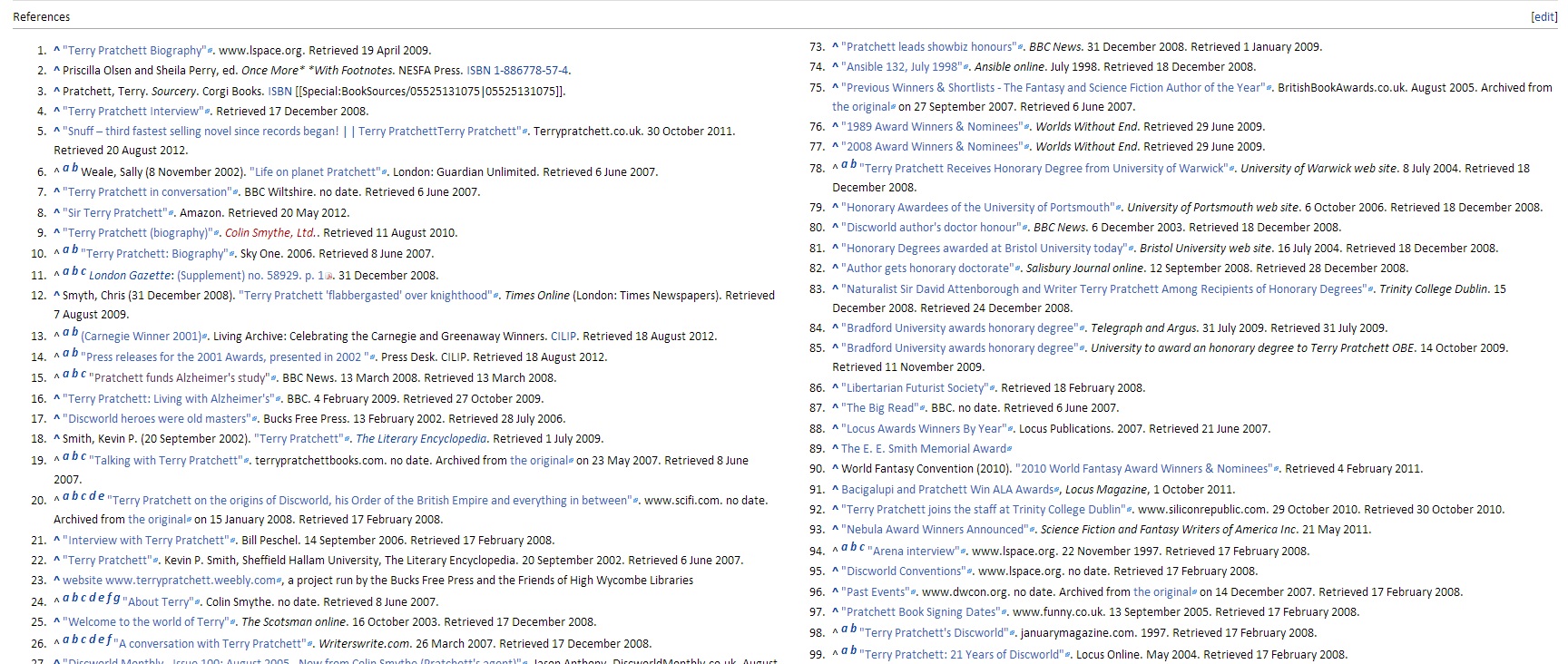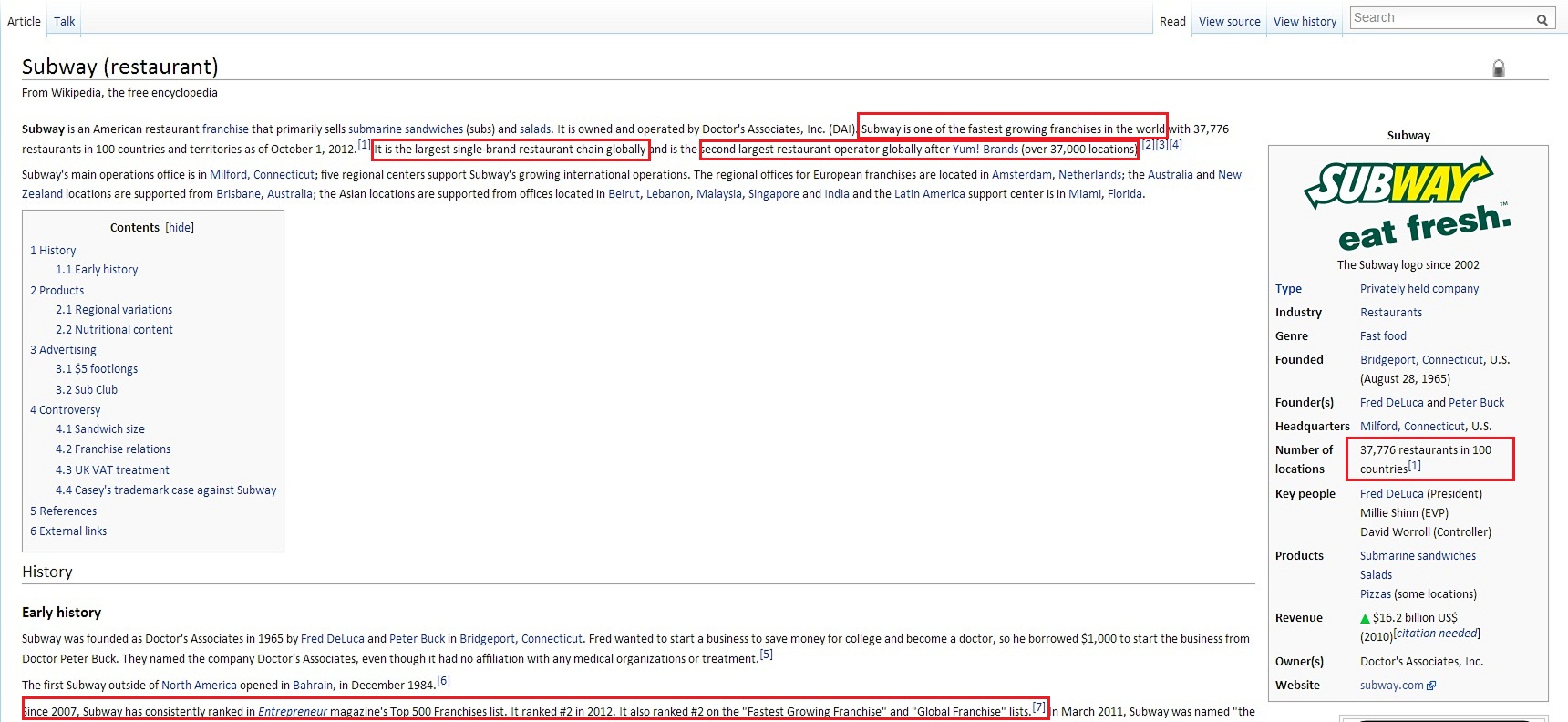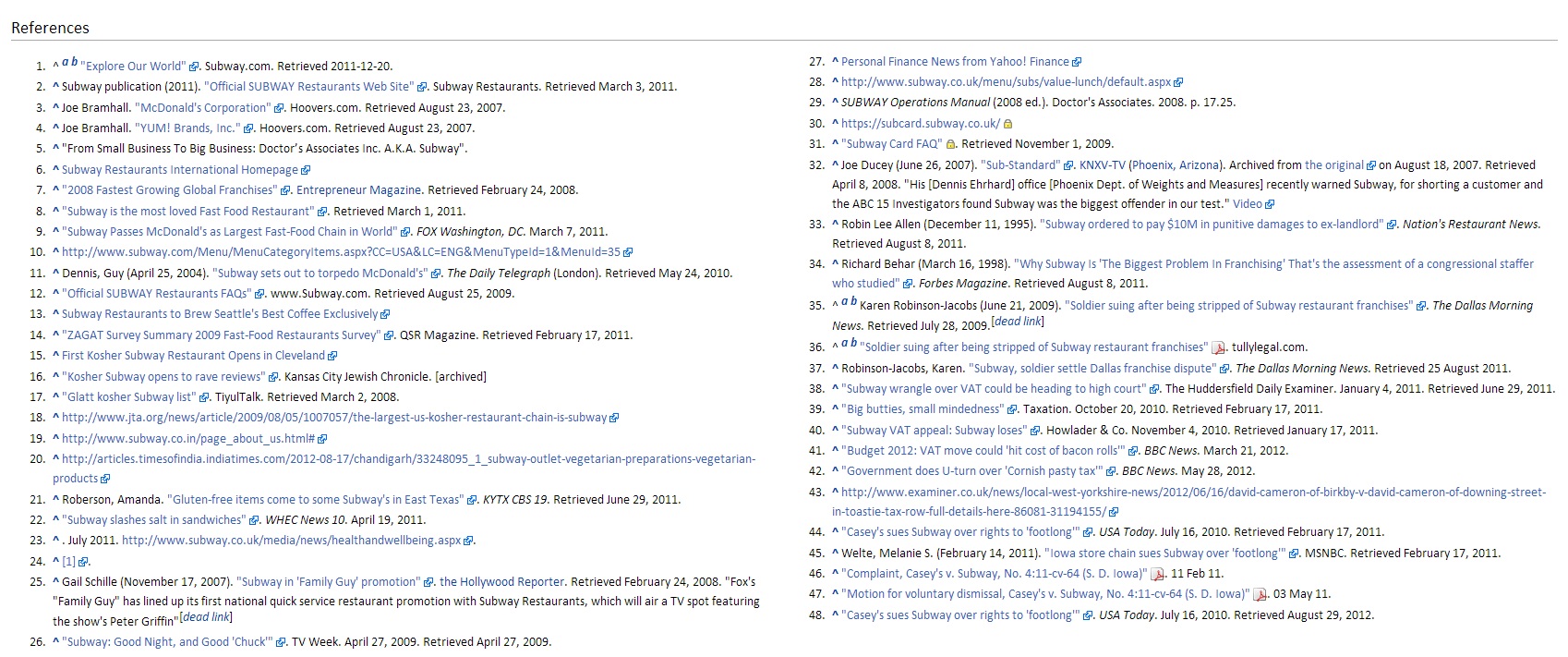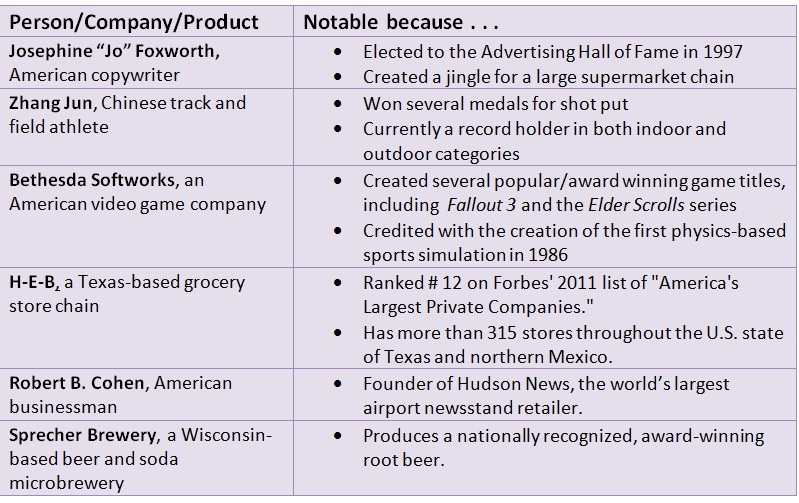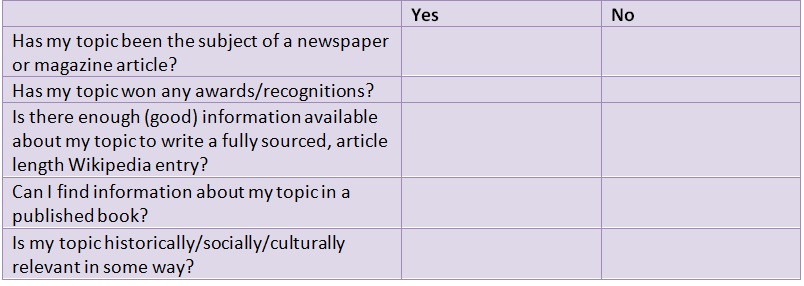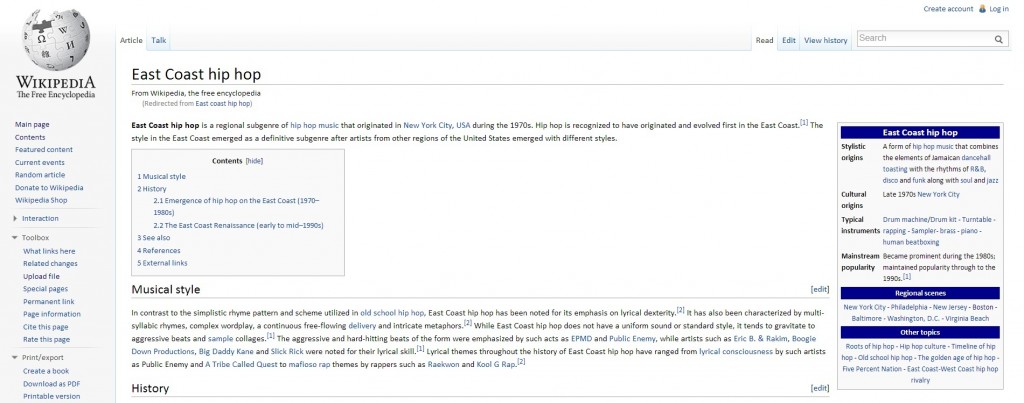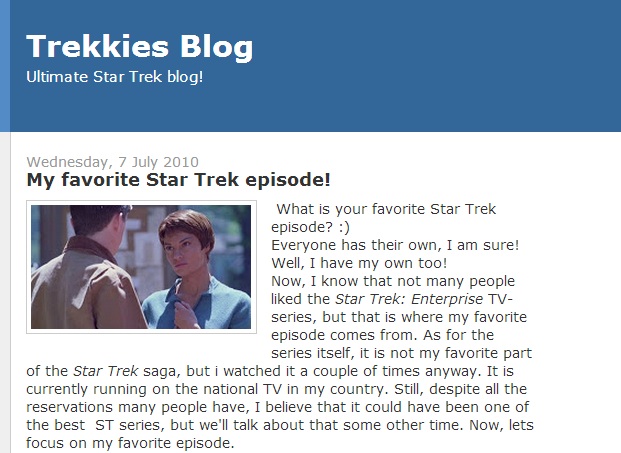In today’s rapidly moving day and age, business arenas change and evolve all the time. And with all of those transformations and progressions come the want and need for the exchange of ideas, concepts and solutions. The oil and gas industry is no exception. That’s why many companies are incorporating, thought leadership into their business practices. They engage a targeted executive audience with compelling findings dispensed through articles, newsletters, publications and digital media.
Thought leadership revolves around establishing and maintaining a commanding voice about topics of relevance and concern to your target audience. It’s about providing answers to their biggest questions; it’s about addressing the newest hot topics in and offering reliable information—and, perhaps, your own perspective—about those issues. The ultimate goal of employing thought leadership is to establish your company as a leading authority in the world. It’s also a useful way to jump-start relationships where none existed, while enhancing relationships that already exist.
“Our hope is that whoever comes across one of our articles or blog posts will find some value in it,” explains Amal Abdallah, a social media and marketing coordinator for Clover Global Solutions, a Houston-based staffing agency for the industry. “We offer people a new perspective on something, especially if they’re not very familiar with that topic; the written piece sparks interest in the subject and lets people learn more about it.”
Clover’s questions at the end of its blog posts engage readers and spur thought leadership. A recent piece about competence assurance evoked quite a few responses. “It’s a way educate, inform, promote discussion and encourage people to think outside the box,” says Abdallah. “And we’ve been getting some really good responses from people who agree that it’s very important. They then offer their opinions on different types of disciplines within the industry.”
Practicing and disseminating thought leadership has numerous benefits. Besides educating readers about O&G, companies also use it to start new relationships, strengthen existing affiliations, build brand familiarity and form brand loyalty. Thought leadership content also gives companies exposure in their lines of work; it places them in the forefront of—and in a position of authority about—the current conversations and issues in their businesses.
Thought leadership can come from any source: executives, customers, product managers, designers, customer service reps and sales people. Each employee has a unique point of view, as well as valuable knowledge and experience.
AECOM recently tackled the issue of how people with creative minds and spirits can positively influence sustainable communities associated with extraction projects around the world. Paul Fennelly, senior vice president of business development for AECOM Environment business line, was invited by New York’s Storefront for Art and Architecture to participate in a panel discussion called Environments of Extraction. Fennelly developed a theme around the concept that most oil & gas exploration and production projects have a finite lifetime of 25 years, and one can think of them as having a discrete beginning, middle and end. Fennelly’s contributions to the panel resulted in some lively discussion about the future of fossil fuels and how the audience can learn more about sustainability issues surrounding large scale extraction.
Cardno, which has been providing services to clients ranging from global corporations to local specialized companies for more than 30 years, recently answered some of these questions regarding Australia: What’s the economic outlook for the industry in Australia, and what opportunities are there for growth?; Do you foresee continued growing demand for across international markets?; and, What are the top environmental concerns relating to the industry, and how can they be addressed?
Cardno experts Paul Webber (sector leader – Energy, Australia and New Zealand) and Anthony Lane (senior principal – Cardno Lane Piper) provided some valuable insights into this escalating sector.
And BP has addressed the topics of personal health and safety, readiness in case of an oil spill, sharing and embedding lessons learned from major accidents and managing the impact on protected wildlife
“Our thought leadership topics go with what the trends of the industry are,” says Clover Global Solutions’ Abdallah. “For example, if somebody is looking for a position in oil and gas, we address the best city to live if you want to work in that field and where the hot spots for oil in America are. In another example, we had a blog post that talked about some of the steps you can take if your company is being acquired by another and you might be losing your job.”
Clover believes that people seek out thought leadership because O&G is an incredibly dynamic industry that requires you to stay not only with game but also ahead of the game.
Abdallah sums up the role that thought leadership plays in her company’s 2014 plans: “We want our end result to be to find somebody who may be interested in working for Clover or who is interested in acquiring Clover as a client. Ultimately, though, we want to be sure that we can always offer intuitive and informative and educational blog articles as thought leadership so that we keep that level of integrity and professionalism.”
“”
A PRIMER
Thought Leadership 101
Writing a compelling thought leadership piece begins with the development of a topic. But if that first step seems like a big leap, take heart: Here’s some advice to clear the way and help you create a topic that will resonate with your readers.
- Thought leadership is an entry point to a relationship. A successful thought leadership article will intrigue, challenge, and inspire even people who are familiar with a company. It will help start a relationship where none exists and enhance existing relationships.
- Being an expert on something doesn’t automatically make you a thought leader. Thought leaders have a knack for sharing knowledge.
- Thought leadership requires an immediate information outlet, such as a blog, that allows you to comment quickly on news and changing circumstances in your field.
- Your thought leadership article should deliver answers to the biggest questions on the minds of your audience. Remember: The audience determines what the questions are. Keep the “I” out of your article as much as possible and focus on “You.”
- How do you know what’s on your audience’s mind? Ask! If possible, query your readers directly. But if that’s not possible, you can follow the example of an international oilfield services company that is embarking on a thought leadership campaign. They surveyed key managers who are close to customers to get a sense of what the customers are thinking.
- Some of the questions the company asked its managers were:
- What are the most pressing concerns of the oil and gas operators you talk to? What do they want to do better/smarter/more profitably?
- What have they been surprised to find out? What areas do they wish they knew more about or felt more competent about?
- What are the questions they ask you?
- What have you been asked to consult with operators about?
- Before you put pen to paper or fingers to keyboard, ask yourself if the topic you’re considering:
- addresses a timely issue
- offers new insight
- identifies an issue that readers might not even know about
- is interesting, provocative, or even counter intuitive
- Your thought leadership article should be educational, but it’s OK to also be entertaining. In fact, nothing turns most readers off faster than a dry, rote lecture. Include stories and examples that bring the topic to life.
- Include facts from credible, unbiased sources.
- Tell readers what to do. Seriously. Provide a practical, achievable call to action.



